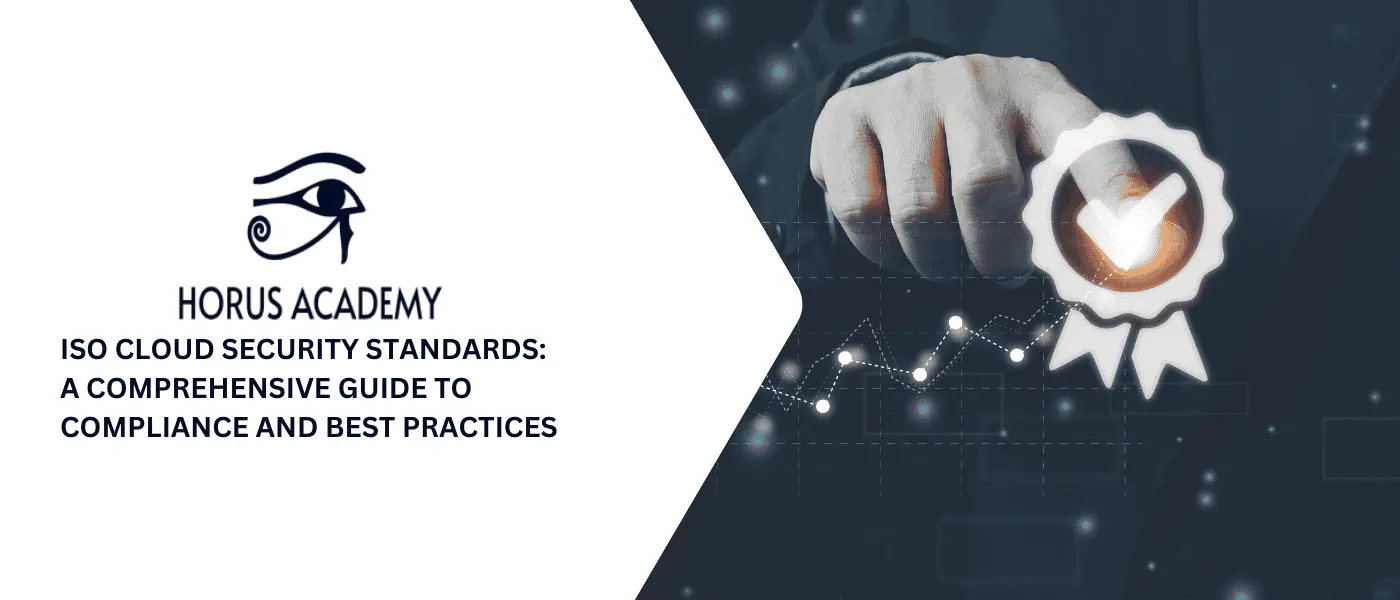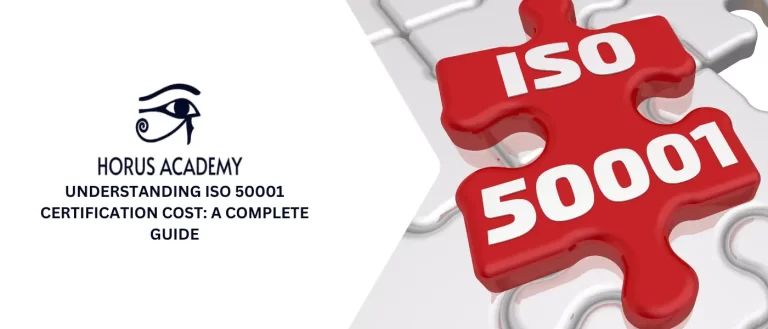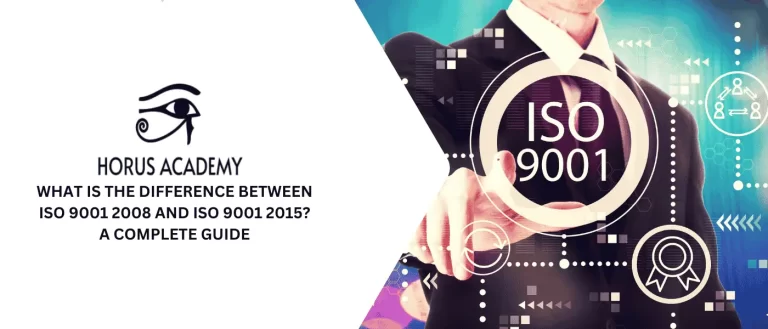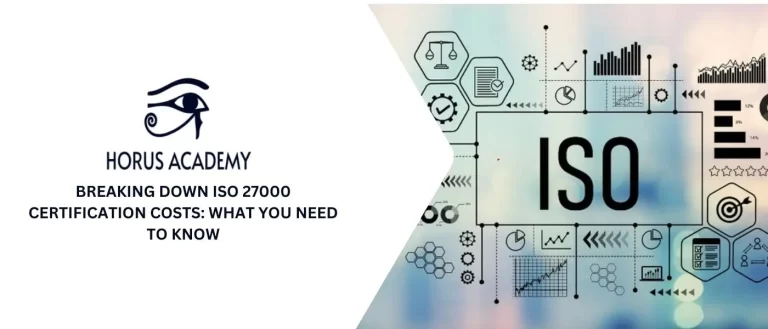
ISO Cloud Security Standards have become very important because the increased data has become an issue for all entities worldwide, which is why they use the cloud for restoring said data.
We will explore in this article the essential elements of these standards, why they are crucial, their benefits, and many more topics.
Understanding these standards is essential to risk management and resilience in today’s digital environment, regardless of whether you’re a cloud provider looking to gain the confidence of your clients or an enterprise looking to improve their cloud security records.
Table of Contents
ToggleWhat Are ISO Cloud Security Standards
Cloud security standards are organized rules and guidelines created by governmental organizations, business leaders, and international standards groups to protect cloud computing environments.
ISO cloud security standards are a framework for protecting cloud data and infrastructure using an information security management system (ISMS).
Because they assist firms in meeting legal obligations, avoiding compliance risks, and protecting data privacy, these standards are particularly beneficial for those who handle personally identifiable information (PII) and protected health information (PHI).
Why ISO Standards Are Crucial for Cloud Security
When it comes to data security, privacy, and compliance, cloud computing brings additional risks and difficulties.
By offering security measures tailored to the cloud, ISO cloud security standards provide a customized framework to solve these issues.
It assists businesses in determining and putting into practice the best safeguards for their assets and data when utilizing cloud services.
Additionally, these standards help cloud service providers (CSPs) and their clients build trust and transparency, and you can discover the most 5 Key Benefits of ISO Certification for Security Services Revealed.
Key Components of ISO Cloud Security
- Shared responsibility: To secure cloud infrastructure, service level agreements need to specify exactly what the roles and obligations of providers and consumers are.
- Cloud service customer assets: After a contract expires or when security cannot be guaranteed, providers are required to return or remove client assets.
- Cloud data segregation: To avoid unwanted access, data in multi-tenant systems has to be segregated.
- Virtual machine hardening: Both clients and providers need to protect virtual machines against unwanted changes.
- Administrator’s operational security: Providers must exhibit compliance through certificates, and customers must record administrative actions.
- Cloud service monitoring: To quickly identify and address security issues, providers must enable monitoring.
- Network security alignment: Both virtual and physical networks need to have uniform security policy setups, which providers must guarantee.
The Most Popular ISO Cloud Security Standards
- ISO/IEC 27001 and 27002 are general guidelines for information security that address risk management, access control, and data protection.
- ISO/IEC 27017 is designed expressly for cloud security, addressing the shared responsibility framework by defining responsibilities within service level agreements (SLAs) and providing rules for data segregation, virtual machine hardening, and network security alignment.
- The ISO/IEC 27018 standard addresses the protection of personally identifiable information (PII) in public cloud settings by defining standards for encryption, frequent audits, and data management, along with explicit procedures for processing, deletion, and transparency.
ISO 27001: The Foundation for Cloud Security
PECB ISO IEC 27701 Foundation is a worldwide recognized standard for developing, implementing, maintaining, and continuously improving an information security management system (ISMS).
Through the systematic identification and management of cyber security threats, it is intended to assist organizations in safeguarding the availability, confidentiality, and integrity of their data.
Because it offers a framework for managing cyber risks rather than dictating a strict set of particular procedures for certification, ISO 27001 is suitable for all kinds of enterprises.
Benefits of Implementing ISO Cloud Security Standards
- Improved Cloud Security
The ISO cloud security standards guarantee cloud security compliance to shield systems and data against intrusions, breaches, and other security incidents. - Clear Roles and Responsibilities
The ISO cloud security standards’ clarity promotes responsibility and guarantees that each party is aware of their specific responsibilities for sustaining a secure cloud environment. - Increased Client Trust and Confidence
By implementing ISO cloud security standards, clients’ trust and confidence in the safety of the provided cloud services can be enhanced. - Cost and Resource Efficiency
Organizations may prevent possible security incidents, data breaches, and related financial losses by identifying and putting the right measures in place.
Challenges in Adopting ISO Standards
- Different Views: Everyone in the organization must collaborate well in order to successfully achieve ISO certification, as opposing opinions set a company back.
- Getting the Wrong Consultant: Inexperienced consultants might not have the compliance expertise necessary to take your project through to completion on schedule.
- No sufficient resources are provided: Employees frequently have to search for appropriate resources to assist the company get the certification.
- Lack of knowledge: You must have a well-defined plan in place to organize your efforts before pursuing certification and you can start to achieve your goals by Lead Cloud Security Manager Course
Steps to Achieve ISO Cloud Security Certification
The Cloud security certification process requires a few steps:
- Create a project plan: It’s critical to approach your ISO 27001 project as a project that requires careful management.
- Make a risk assessment: Determining the report’s scope and creating a cybersecurity risk assessment strategy to address issues that pose serious security threats are the goals of the risk assessment: Create and implement controls.
- Your security plan should serve as the foundation for these policies.
- Keep a record of your actions: You will have to show your auditor that you are complying with ISO 27001’s security process standards during an audit.
- Observe and correct: Complete your paperwork and ensure that everything is approved.
- Finish an audit for certification: Your ISMS will be assessed by an outside auditor to ensure that it meets the standards.
Industry Use Cases of ISO Cloud Security Standards
Many companies that use cloud infrastructure to store and handle sensitive data are adopting ISO Cloud Security Standards.
They support adherence to data protection regulations such as HIPAA in the healthcare industry. They protect consumer data and transactions in the financial industry.
While government organizations use them to safeguard sensitive communications and citizen information in cloud settings, e-commerce companies employ them to safeguard payment data.
Conclusion
The ISO Cloud Security Standards offer a thorough and globally accepted basis for protecting data, guaranteeing compliance, and building confidence between cloud service providers and their clients.
Organizations that implement these standards show their dedication to safeguarding confidential data while also enhancing their security measures.
Learning and implementing these standards is a crucial first step for many organizations to guarantee data security and long-term resilience in the constantly evolving digital environment of today. Join our INFORMATION SECURITY courses to learn how to protect your data properly.
Frequently Asked Questions About ISO Cloud Security Standards
What are ISO Cloud Security Standards?
ISO Cloud Security Standards are a set of internationally recognized standards and practices designed to ensure the security, privacy, and stability of cloud services and cloud-based data.
Why are ISO standards important for cloud security?
ISO standards are important for cloud security to verify that the company has implemented the proper cloud data protection safeguards.
What is ISO 27001, and how does it relate to cloud security?
ISO 27001 focuses on the establishment, implementation, operation, monitoring, evaluation, maintenance, and improvement of an information security management system.
What are the key benefits of implementing ISO Cloud Security Standards?
The benefits of implementing ISO Cloud Security Standards include increased data privacy in the cloud, regulatory compliance, and increased consumer credibility and confidence.
You May Also Like
A partners with PECB since 2021
HORUS Training offers over 100 certification programs on ISO Standards via E-learning / Self Study / Live online. Most Popular Courses are ISO 27001, ISO 22301, ISO 31000, ISO 9001, ISO 37001, GDPR, ISO 27032 Cybersecurity
Categories
Contact
- 15399 Guildford Drive, Surrey, BC, V3R 7C6, Canada.
- Info@horus.academy
- +1-506-300-5550


